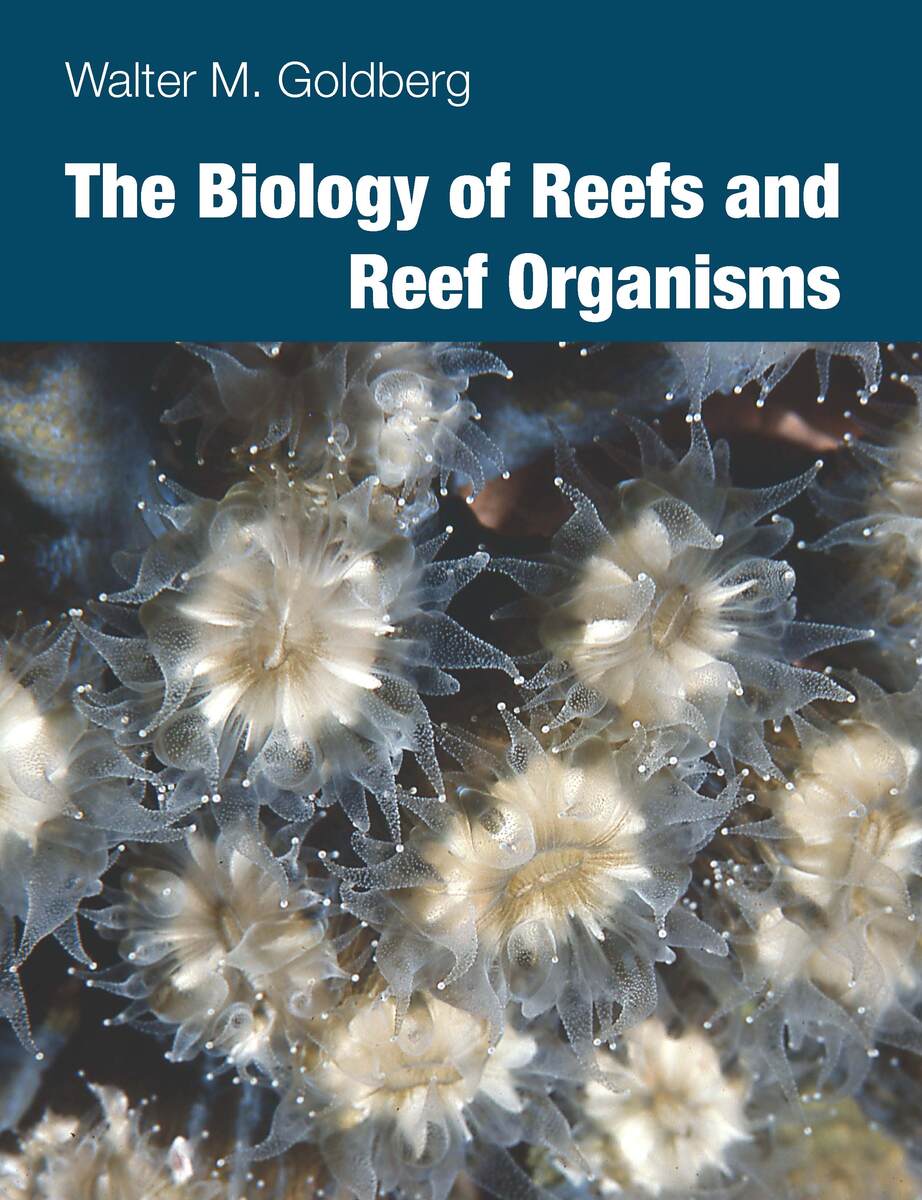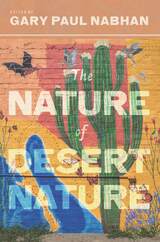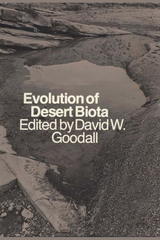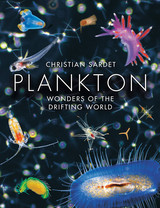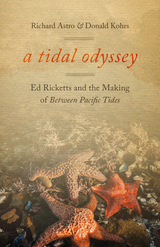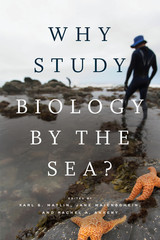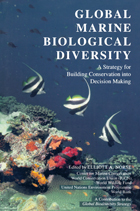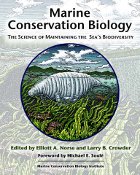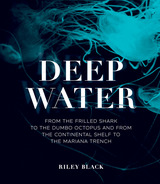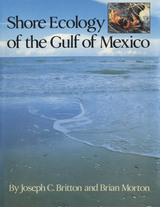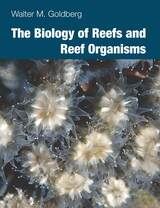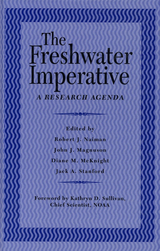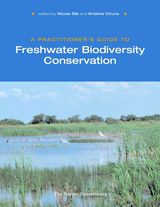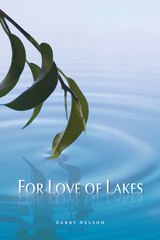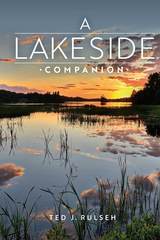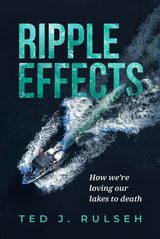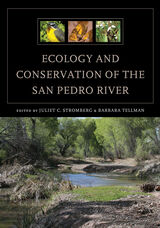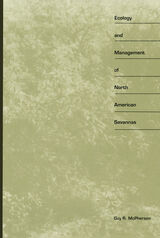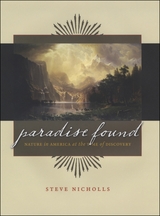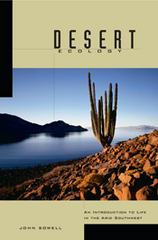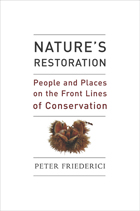Cloth: 978-0-226-30167-9 | eISBN: 978-0-226-92537-0 | Paper: 978-0-226-30168-6
Library of Congress Classification QH95.8.G65 2013
Dewey Decimal Classification 578.7789
Goldberg examines the nature not only of coral reefs—the best known among types of reefs—but also of sponge reefs, worm reefs, and oyster reefs, explaining the factors that influence their growth, distribution, and structure. A central focus of the book is reef construction, and Goldberg details the plants and animals that form the scaffold of the reef system and allow for the attachment and growth of other organisms, including those that function as bafflers, binders, and cementing agents. He also tours readers through reef ecology, paleontology, and biogeography, all of which serve as background for the problems reefs face today and the challenge of their conservation.
1) An Introduction to the Structure and Formation of Modern Reefs
The Nature and Origins of Reefs
Frame Reef Formation and Structure
Bioerosion
Reef Growth and the Carbonate Budget
Pluses and Minuses
Coral Reefs
Limits to Coral Reef Distribution
Types of Reefs
Reef Zonation
The Evolution of Modern Reefs
Tectonic Forces
Sea Level Changes and Reef Growth
2) Reef Minerals and Mineralization
Calcium Carbonates
A Little Crystallography
Biomineralization
3) Reef Cyanobacteria
Overview
Cyanobacterial Form and Function
Rock and Reef-Associated Cyanobacteria
Bioerosion
Calcifying Cyanobacteria
Stromatolite Formation
Trapping the Sediment
Cementing the Record
Nitrogen Fixation and Trophic Relationships
4) Reef Algae and Foraminiferans
Overview
The Chlorophyta
Endolithic Microalgae
Halimeda, an Extraordinary Calcifying Macrophyte
Reproduction in Halimeda and Other Chlorophytes
The Biology of Some Other Calcareous Chlorophytes
Brown Algae
Red Algae
Red Algal Calcification
Contributions of Crustose Corallines to Reef Structure
Trophic Relationships
Turf Algae
Foraminiferida
5) Reef Sponges
Overview
Groups of Sponges and Their Skeletal Structures
Glass Sponges
Demosponges
Calcisponges
The Structural and Functional Roles of Sponges on Reefs
Reef Growth and Recovery: Binding and Stabilization
Bioeroding Sponges
Hexactinellid Reefs
Modern and Ancient Coralline Sponges
Trophic Dynamics and Ecological Interactions
The Aquiferous System and Sponge Feeding
Microbial Symbionts
Predation and Sponge Chemistry
Sponges as Habitats
6) Reef Corals and Their Allies
Overview
Reef Hydrozoa
The Milleporid Corals
Stylasterines
Introduction to the Anthozoa
Uncalcified Reef Anthozoans
Sea Anemones
Zoantharians and Corallimorpharians
Antipatharians
Calcified Anthozoans
The Scleractinians
The Octocorals
Deep-sea Corals and Coral Reefs
Coral Reproduction
Asexual Modes
Sexual Modes
7) Annelids and Sipunculans
Overview
Free-moving Polychaetes
Tubicolous and Burrowing Polychaetes
Polychaete Bioeroders
Polychaete Reproduction
Sipunculans
8) Reef Mollusca
Overview
Mollusc Shell Structure
Pearls
Molluscs as Carbonate Builders, Borers, and Scrapers
The Polyplacophora
The Gastropoda
Bivalves
Reef-building Bivalves
Endolithic Bivalves
Ancient Rudist Bivalves
9) Reef Lophophorate and Protochordate Phyla
The Bryozoa
Overview
Reef Bryozoa
The Vicissitudes of the Ancient Bryozoa
Brachiopods
Overview
Brachiopods on Reefs
Tunicates
Overview
Didemnid Ascidians
10) Reef Crustacea
Overview
The Maxillopoda
Copepoda
Cirripedia
The Malacostraca
Decapod Crustaceans
Shrimps
Brachyuran Crabs
Hermit Crabs
Coral-Decapod Communities
11) Reef Echinoderms
Overview
Echinoidea
Diadema
Echinometra
Eucidaris
Asteroidea
The Crown of Thorns
Oreasterids
Reef Crinoids
Symbionts
Crinoid Paleobiology
12) The Effect of Feeding by Reef Fishes on Corals and Coral Reefs
Overview
Coral Reef Herbivores
Herbivory and its Deterrence
Nominal Herbivory
The Special Role of Scarine Fishes
The Scrapers
The Excavators
The Browsers
Food Milling by Parrotfishes
Corallivorous Damselfishes and Their Gardens
Fishes That Perch or Live on Corals
Benthic Predatory Fishes: Their Influence on Corals and Coral Reefs
Corallivorous and Other Durophagous Fishes
13) A Brief History of Reefs and Corals
Microbialite Reefs of the Precambrian
Reefs of the Paleozoic Era
The Cambrian
The Ordovician
Silurian Reefs
Devonian Reefs
Carboniferous Reefs
Permian Reefs
Reefs of the Mesozoic Era
The Triassic
Jurassic Reefs
The Cretaceous and the Rise of the Rudista
Reefs of the Cenozoic Era
The Paleocene Epoch, 65–56 Mya
The Eocene and Oligocene Epochs, 56–23 Mya
The Miocene Epoch, 23–5 Mya
The Pliocene and Pleistocene Epochs, 5 Mya–11.7 kya
Are Ancient Reefs the Key to the Present?
14) Ecology, Diversity, and Biogeography of Coral Reefs
Different Types of Diversity
Diversity and Life Cycle Processes
Spawning Mode, Dispersal, and Connectivity
Connectivity
Getting There and Staying There
Diversity and Coexistence
Diversity at Geographic Scales: Biogeography
Hotspots and the Role of Commonness and Rarity in Coral Reef Biodiversity
The Coral Triangle
Departure from the Coral Triangle
Crossing the Pacific
The Western Atlantic and the Greater Caribbean
The Brazilian Province
The Tropical Eastern Atlantic
15) Reefs Now and in the Next 100 Years
Climate Change
The Global Carbon Cycle
Global Public Goods Gone Bad
The Impacts of Increased Dissolved CO2
The Biology of Coral Bleaching and Disease
Types and Causes of Coral Bleaching
Recovery from Bleaching
Coral Disease
Direct and Indirect Effects of Human Activities on Reefs
Destructive Fishing Practices
Overfishing
Fishing on Deep Sea Coral Reefs
Coral Mining
Loss of Water Quality
16) Reef Resilience, Loss of Biodiversity, and the Role of Conservation
Acclimatization, Resistance, and Avoidance
Resilience and Phase Shifts
Functional Redundancy, Species Richness, and Resilience
Synergies and Loss of Resilience
Jamaica: A Case History
Early Warning?
Stemming the Tide: Sanctuaries, Reserves, and Marine Protected Areas
Protection is Relative
Sanctuaries and Marine Protected Areas in the United States
The World’s Largest Marine Protected Area
Design and Function of Marine Reserves
Results of Protection
Reserve Sites
Reserve Maturity and Size
Reserve Networks
Stepping Stones, Corridors, and Habitat Diversity
Loss of Connectivity
Are Reserves Enough?
What Must be Done
Appendices
I. Wentworth Scale (Grain Size)
II. Coral Reefs of the World (a-d)
III. Zooxanthellae Clade Distribution
IV. Geological Time Scale
V. Taxa Referred to in This Text
Glossary
Index
If you are a student who cannot use this book in printed form, BiblioVault may be able to supply you with an electronic file for alternative access.
Please have the accessibility coordinator at your school fill out this form.
It can take 2-3 weeks for requests to be filled.
See other books on: Biology | Earth Sciences | Marine biology | Oceanography | Reef ecology
See other titles from University of Chicago Press
